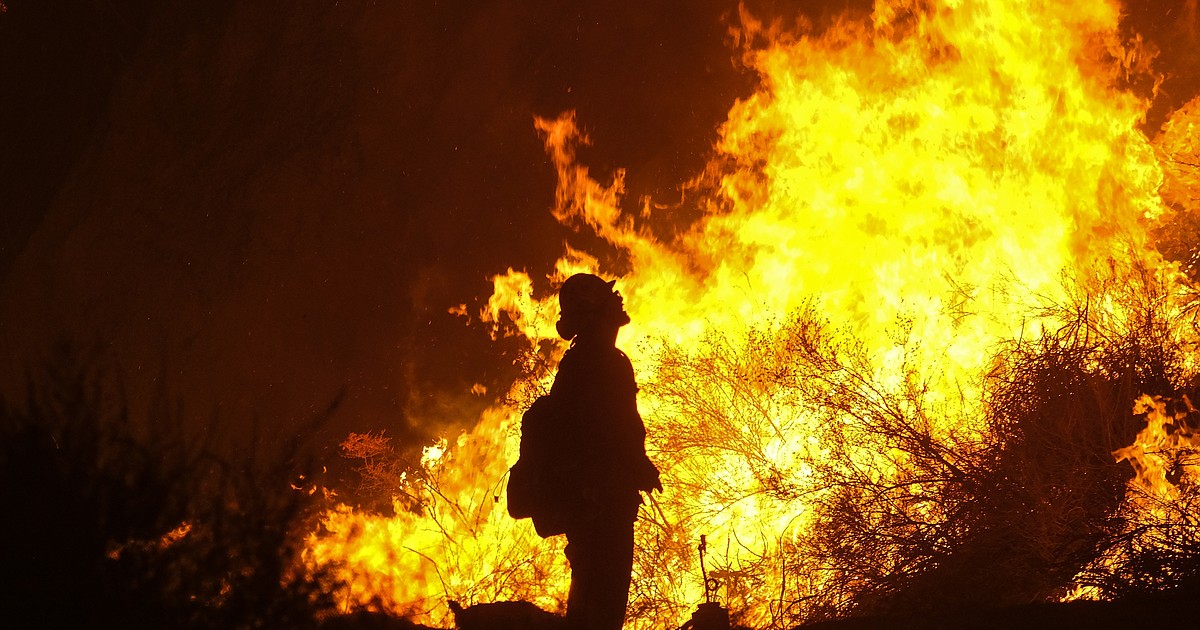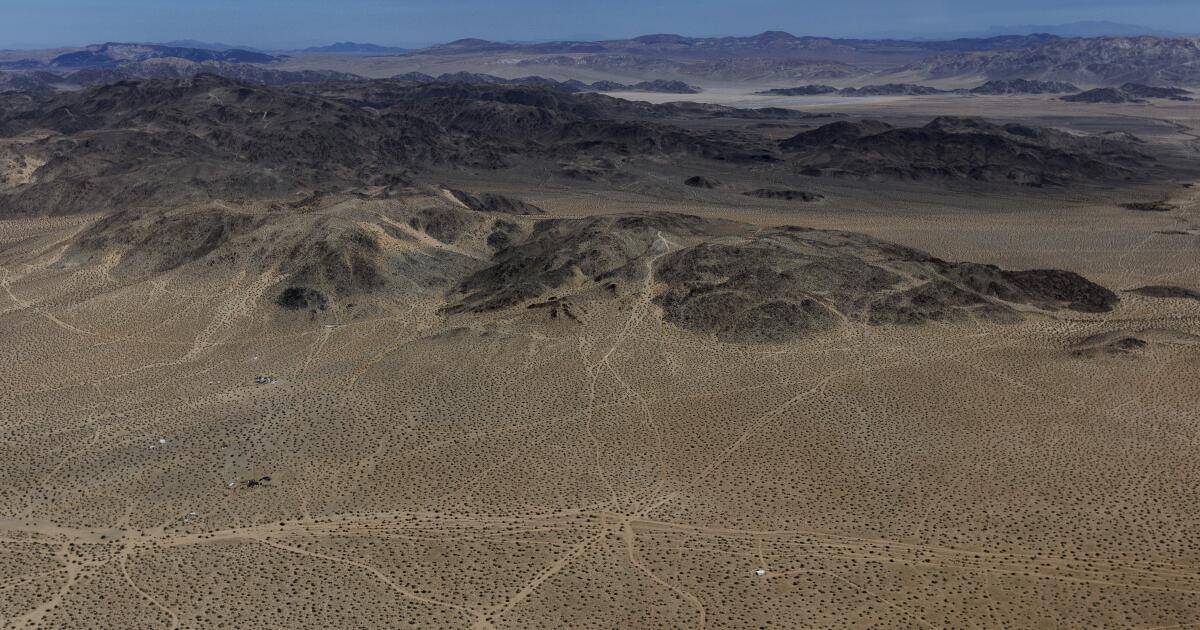
Proposals to streamline federal wildfire services leave the two main firefighting agencies separate, according to documents released Sept. 15.
Interior Secretary Doug Burgum and Agriculture Secretary Brooke Rollins each announced their agencies’ response to a White House executive order with multi-page descriptions of how they plan to reform wildland fire response. Those include combining oversight of aviation services and fire research, eliminating regulatory barriers to the use of fire retardant, and standardizing job and pay levels.
“Time and time again, we have witnessed the devastating consequences of wildfires caused by mismanagement and a lack of preparedness,” Rollins said in a press release. “Under President Trump’s leadership, we are taking bold action to modernize wildfire response systems, streamline federal wildfire capabilities, and strengthen their effectiveness. We started this work in the spring and have continually updated our policies and programs to properly manage our forests through common-sense timber production and management, protecting our national forests and grasslands for generations to come.”
However, both orders stop short of creating a combined national wildfire service as anticipated by public debates earlier in 2025. The Interior order states, “‘unification’ shall not be considered synonymous with ‘consolidation’; rather, ‘unification’ shall mean the strategic alignment of resources.”
President Donald Trump in a June 12 executive order described the nation’s wildfire situation as a “direct result of reckless mismanagement and lack of preparedness” when “state and local governments are unable to quickly respond to such disasters.” He directed the Interior and Agriculture departments to “consolidate their wildland fire programs” within 90 days, or Sept. 10, which came and went last week.
Both the Interior and Agriculture 2026 budget plans outlined a goal of a combined Wildland Fire Service housed in the Interior Department. However, congressional House and Senate budget appropriators balked at the anticipated $6.5 billion cost of the initiative and refused to fund the transition, ordering the Trump administration to further study the idea. Those budget appropriations have not been finalized by the full Congress.
Burgum’s order, dated Sept. 10 but released Sept. 15, assumes responsibility for more than 500 million acres of public and Tribal land under a “Wildland Fire Service Fire Chief” overseeing fire operations in the Bureau of Land Management, Bureau of Indian Affairs, National Park Service, U.S. Fish and Wildlife Service and smaller agencies within the Interior Department. It adds that agency leaders still have responsibility to “manage public lands in a manner that aggressively addresses their relevant wildfire risk.”
Rollins’ directive to the Forest Service applies to the 193 million acres in its jurisdiction. While Interior oversees more than twice as many acres across the country as the Forest Service does, a significant portion of that is in Alaska. The Forest Service is responsible for more of the public land in the Lower 48.
Both orders address the eventual unification of the Interior and Forest Service fire collaboration. “While the new USWFS [U.S. Wildland Fire Service] awaits full unification with USFS’ fire management organization,” the Interior order states, “the two departments will increase the use of existing authorities to improve the efficiency and effectiveness of wildland fire management across all involved agencies.”
It adds that senior leaders in both agencies “have identified actionable solutions to address longstanding inefficiencies, friction points, and structural challenges within the Federal wildfire response system.” They pledge within 30 days to modernize aviation and pilot inspection, simplify relations with state and tribal firefighting agencies, standardize contracting and acceptance procedures and unify firefighting job positions and pay.
The Forest Service historically has provided more than two-thirds of the nation’s wildfire personnel and handles a similar share of the contracting and procuring of resources. Currently, Forest Service district rangers or forest supervisors take charge of wildfires in their regions, in coordination with county commissioners and similar local authorities. Rollins’ order would move that leadership responsibility to a Forest Service deputy chief. But it does not pass any authority to the Interior Department.
The two orders also indicate coming changes for the private industry. Both call for new fire predictive technology, modernized protective gear for firefighters, and a “unified wildfire enterprise IT [information technology] architecture.” They create wildfire risk mapping tools to plan mitigation activities, change policies and regulations governing how private electricity utilities manage their transmission line corridors, and eliminate legal barriers to fire retardant use and prescribed fire.
The Interior plan envisions full implementation by Jan. 12, 2026. The Forest Service plan expects to have its pieces in place by April 1, 2026.
So far in 2025, there have been 49,632 wildfires recorded in the United States, the second highest total in a decade. However, the approximately 4.4 million acres burned ranks eighth, below the average 6.2 million and 2015’s 8.8 million. As the 2025 fire season winds down in Greater Yellowstone, Idaho still has eight large fires burning, Montana has five and Wyoming has one.
Campaigns to unify federal wildfire services accelerated in early 2025 after whole neighborhoods of Los Angeles burned in January and contributed to 440 deaths, according to the American Medical Association. Several national organizations began advocating for structural change at the federal level, including Partners for Wildfire Prevention, a coalition of nonprofit advocacy groups supporting wildfire reform.
“As a coalition, we are encouraged to see the Trump administration continue to make wildfire prevention a high-priority issue,” that group stated in a Tuesday email to Mountain Journal. “The ongoing wildfire crisis requires a comprehensive, national solution. We support efforts to increase coordination, collaboration, and efficiency, so long as sufficient resources are provided. We are glad the Department of Interior will seek input from all stakeholders, including states, tribes, local governments, and the private sector as part of this process.”



